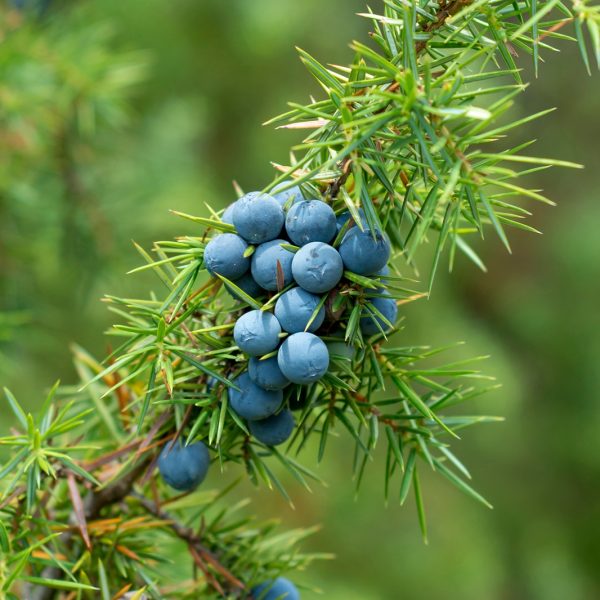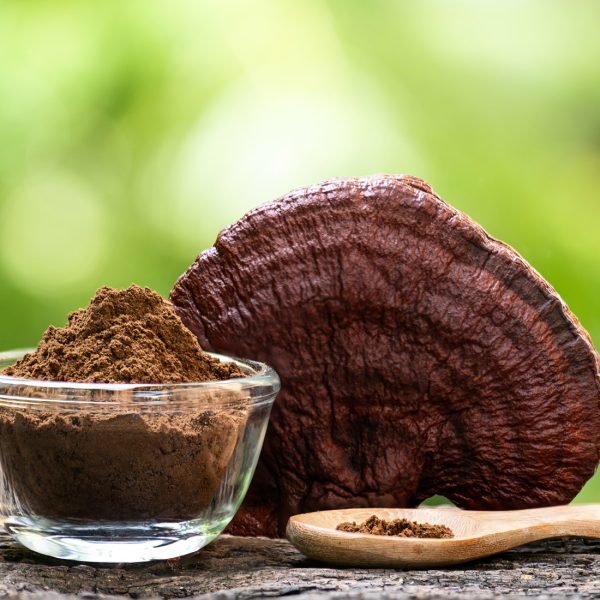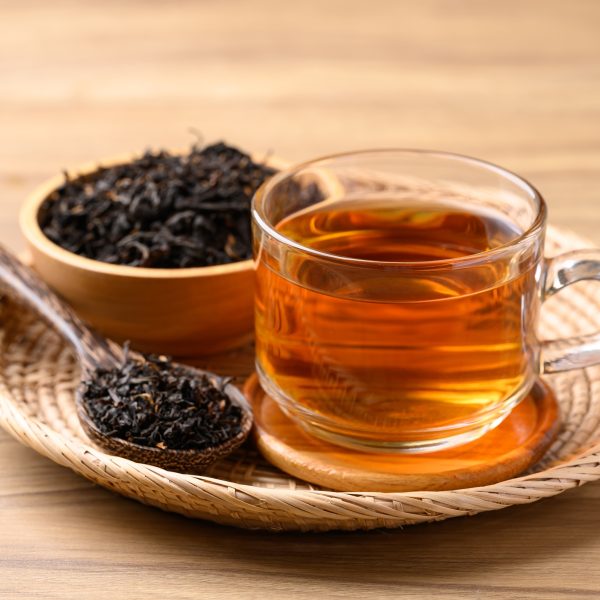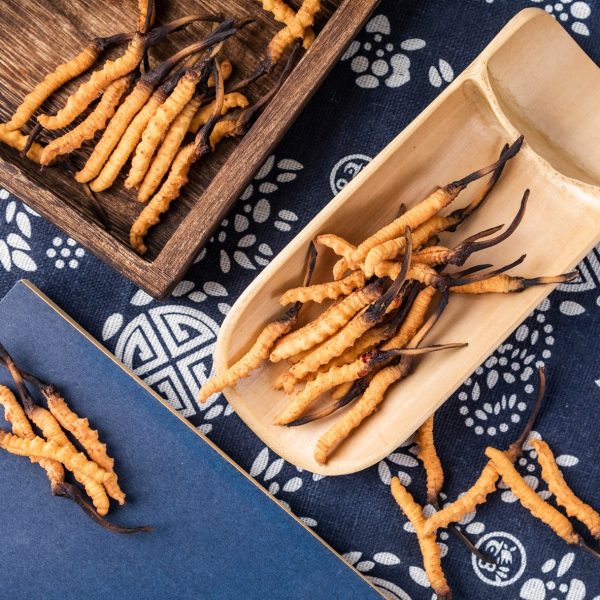-
How does it feel?
The coconut plant is a large palm tree that can grow up to 30m in height. It has long, thin and pinnate leaves and produces a very smooth bark. If grown on fertile land, coconut palms can produce close to 70 fruits per year. Coconut palms are primarily harvested for their fruits, from which the dried coconut flesh, coconut water and coconut milk and oil are all used commercially. It is thought that coconut palms originated in the America’s, however, they are now cultivated across the globe. To make Virgin coconut oil, the coconut milk is expressed from freshly harvested coconuts and is fermented for 24-36 hours. During this time the water separates from the oil. The oil is then slightly heated to remove moisture and is filtered. The result is a clear coconut oil that retains the distinct scent and taste of the coconuts.
-
What can I use it for?
Virgin coconut oil is easily digested and goes directly to the liver, improving its efficiency but also stimulating metabolic and digestive processes. It will improve the absorption of fat soluble vitamins, calcium and magnesium. Virgin coconut oil will encourage healing of the intestinal lining.
Virgin coconut oil contains caprylic acid which has anti-fungal, bacterial and viral properties which can help clear Candida albicans but will also soothe and nourish inflamed skin and encourage wound healing.
-
Into the heart of coconut – virgin coconut oil
 Virgin coconut oil is easily digestible and contains medium chain triglycerides/fatty acids (MCT’s) which increase the metabolic rate, impacting directly upon the efficiency of the digestive system and the liver. Virgin coconut oil goes straight to the liver to be transformed into energy (lauric acid), by-passing the circulatory and lymphatic system, reducing the risk of cholesterol and blood-fat build up. Consequently, it can be a healthy addition to balanced weight loss programmes. Its oily nature also makes it a perfect remedy for internal and external inflammation and irritation.
Virgin coconut oil is easily digestible and contains medium chain triglycerides/fatty acids (MCT’s) which increase the metabolic rate, impacting directly upon the efficiency of the digestive system and the liver. Virgin coconut oil goes straight to the liver to be transformed into energy (lauric acid), by-passing the circulatory and lymphatic system, reducing the risk of cholesterol and blood-fat build up. Consequently, it can be a healthy addition to balanced weight loss programmes. Its oily nature also makes it a perfect remedy for internal and external inflammation and irritation.Medium chain fatty acids have a direct stimulating effect upon the metabolic rate improving all metabolic and digestive efficiencies. They head straight for the liver and therefore reduce the risk of cholesterol and blood fat build up which also protects the heart and the arteries from long term damage.
Its heating properties translate into other benefits. In the airways, the result is increased blood supply to the mucosa and loosening of mucus congestion. In the digestive system there is also increased mucosal blood supply that leads to improved digestive secretions; with the volatile oil content there is added antispasmodic activity that helps reduce colic as well as the spasm that generates nausea and vomiting.
Virgin coconut oil heads straight to the liver once it has been ingested and is directly transformed into energy which stimulates metabolism, specifically the digestive metabolism. It is indicated in digestive weakness and also in weight management and high cholesterol as it improves the metabolism of fats but also because the oil bypasses the circulatory and lymphatic system.
Virgin coconut oil improves the efficiency of the thyroid and is indicated in both hyper and hypo-thyroidism where it will regulate and balance this gland.
Virgin coconut oil will soothe and nourish inflamed skin and is an effective wound healer, improving the appearance of scars and supporting the healing process in conditions such as eczema, psoriasis and dermatitis.
-
Traditional actions
Herbal actions describe therapeutic changes that occur in the body in response to taking a herb. These actions are used to express how a herb physiologically influences cells, tissues, organs or systems. Clinical observations are traditionally what have defined these actions: an increase in urine output, diuretic; improved wound healing, vulnerary; or a reduction in fever, antipyretic. These descriptors too have become a means to group herbs by their effects on the body — herbs with a nervine action have become the nervines, herbs with a bitter action are the bitters. Recognising herbs as members of these groups provides a preliminary familiarity with their mechanisms from which to then develop an understanding of their affinities and nuance and discern their clinical significance.
-
Traditional energetic actions
Herbal energetics are the descriptions Herbalists have given to plants, mushrooms, lichens, foods, and some minerals based on the direct experience of how they taste, feel, and work in the body. All traditional health systems use these principles to explain how the environment we live in and absorb, impacts our health. Find out more about traditional energetic actions in our article “An introduction to herbal energetics“.
-
Did you know?
The secret of this oil’s success is that it does not need to be broken down by enzyme dependant processes like the long chain fatty acids present in other saturated oils. By replacing long chain fatty acids with medium chain fatty acids allows more help for rebuilding cell membranes and increasing enzyme production.
This oil also has a very high smoke point, so you can cook with it at high temperatures without compromising any of its benefits.
Additional information
-
Safety
No drug-herb interactions are known.
-
Dosage
1-3 tablespoons daily (adults) and, for children, half the adult dosage.






























 Virgin coconut oil is easily digestible and contains medium chain triglycerides/fatty acids (MCT’s) which increase the metabolic rate, impacting directly upon the efficiency of the digestive system and the liver. Virgin coconut oil goes straight to the liver to be transformed into energy (lauric acid), by-passing the circulatory and lymphatic system, reducing the risk of cholesterol and blood-fat build up. Consequently, it can be a healthy addition to balanced weight loss programmes. Its oily nature also makes it a perfect remedy for internal and external inflammation and irritation.
Virgin coconut oil is easily digestible and contains medium chain triglycerides/fatty acids (MCT’s) which increase the metabolic rate, impacting directly upon the efficiency of the digestive system and the liver. Virgin coconut oil goes straight to the liver to be transformed into energy (lauric acid), by-passing the circulatory and lymphatic system, reducing the risk of cholesterol and blood-fat build up. Consequently, it can be a healthy addition to balanced weight loss programmes. Its oily nature also makes it a perfect remedy for internal and external inflammation and irritation.





